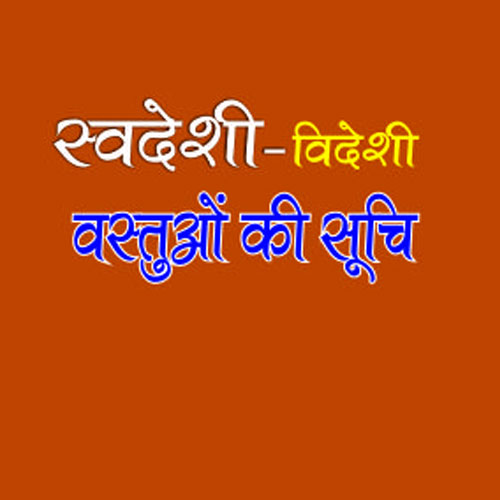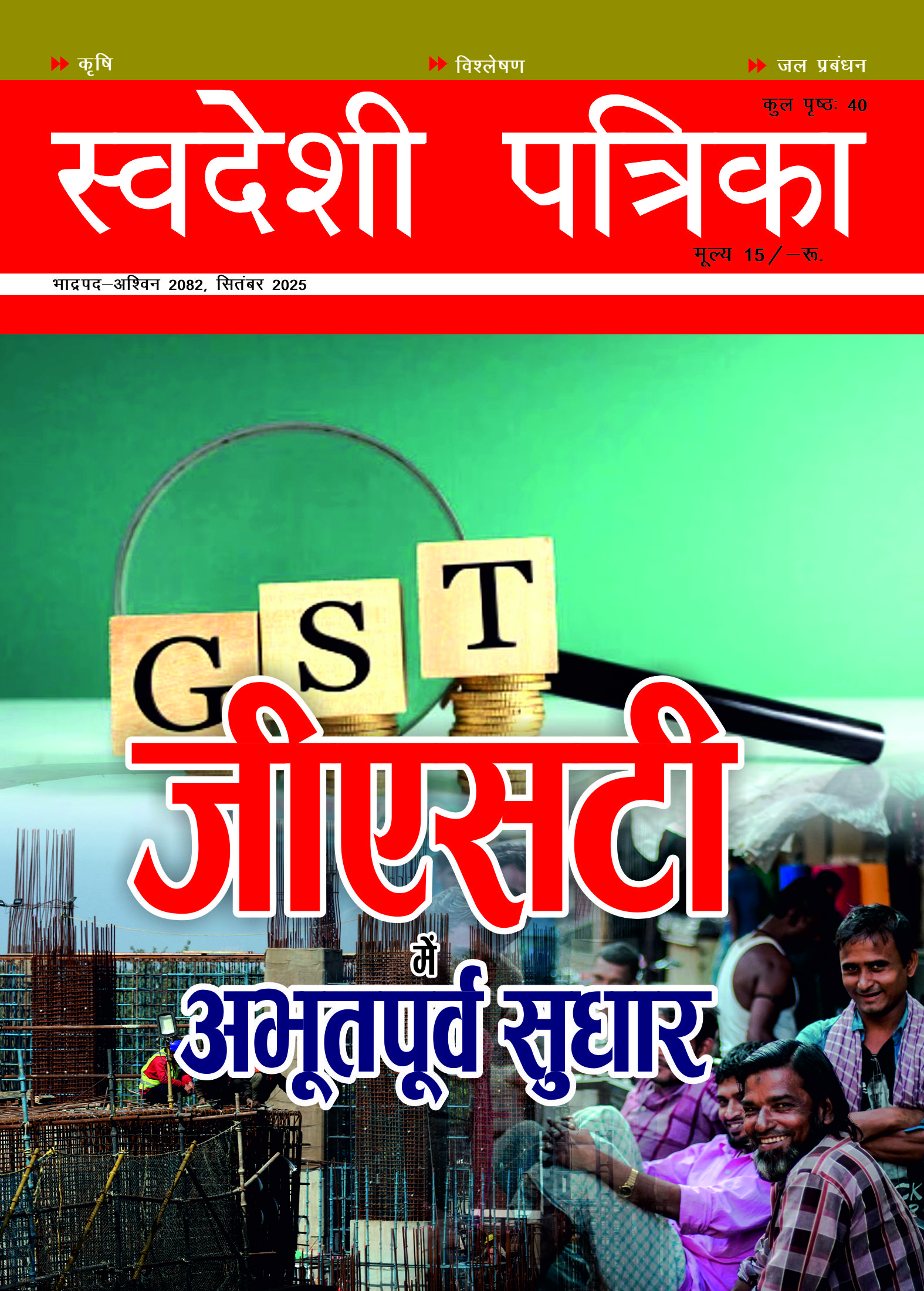
Thiruvantharam Resolution-3
The term Western Ghats refers to the chain of mountains running parallel to the western coast of the Indian peninsula. It runs from North to South starting from River Tyapti in Gujrat upto Kanyakumari in the south, for a distance of 1600 kms. It’s total area is 160000 square kilometers. It covers six states namely, Gujarat, Maharashtra, Goa, Karnataka, Kerala and Tamil Nadu.
Western Ghats are world famous for it’s dense forests and rich bio-diversity. It is one among 34 bio diversity hot spots identified all the world over. It is also one of the 8 hottest of hot spots.
On account of its rich forests and heavy to very heavy rain fall it gets during monsoon, almost all rivers of south India such as Krishna, Thunga, Bhadra, Kaveri, Periyar, Sharavathi, Kali, Aghanashini and so on take their birth in the western Ghats and provide water for the agriculture, industries, power generation and day to day life of the people of entire south India. In fact the entire South Indian economy, ecology, and culture are dependent upon the ecological health of Western Ghats.
Over the last 60 years of independence the western Ghats are destroyed to a great extent on account reckless development such as mining, polluting industries, hydro-electric and thermal power projects.
With a view to protest the remaining Western Ghats ecology, the Ministry of Environment &Forests of the central government appointed in March 2010, a Western Ghats Ecology Expert Panel under the chairmanship of the world reknowned ecologist Dr. Madhav Gadgil who was also the chairman of the CES of I.ISc, Banglore. The Gadgil committee gave its report in 2011.
It pointed out that the entire WG should be considered as ecologically sensitive area (ESA). However, depending upon the degree of ecological sensitivity of particular parts, the report classified the Western Ghats into the ESZ1, ESZ2 and ESZ3 and recommended graded protection measures.
However, due to the pressure from mining companies, real estate lobbies, timber lobbies and other corporate sectors, the central government rejected the Madhav Gadgil report and appointed a High Level Working Group under the chairmanship of Dr. Kasturi Rangan, the former chairman to ISRO and presently member of the planning commission, to review the recommendations of Madhav Gadgil report.
Kasturi Rangan committee report is a diluted version of the Gadgil report. It classifies the WG area into cultural land scape and natural land scape. 63% of the WG area is classified as cultural land scape – where population density is high and forests are thin and fragmented. This does not deserve any protection. 37% of the WG area 60000 square kilometers is classified as natural land scape, where Population density is less and forests are relatively thick and less fragmented. This natural land scape (ESA) deserves strong protection. In Karnataka 1526 villages are listed as ESA. In Kerala about 126 village come under ESA.
Today,sand mining, quarrying, and all other mining activities are legally prohibited.47 red category industries are prohibited. Large construction activities such as building complexes and townships are prohibited in ESA villages.Strong reaction has come from Kerala. Both the ruling and opposition parties are against implementing Kasturi Rangan report, stating that it will adversely affect the development of the ESA villages.If all other states follow the foot steps of Kerala, even the diluted, Kasturi Rangan report may not be implemented.
Swadeshi Jagaran Manch has always stood against destructive development. It has always stood for ecologically sustainable development.Therefore, this Sammelan of SJM at Thriuvanthapuram, Kerala demands thatUnion government, withdrawthe Kasturi Rangan committee report and implement the Madhav Gadgil committee report on Western Ghats and protect, preserve and enrich the bio-diversity of Western Ghats for ecologically sustainable development of India.


